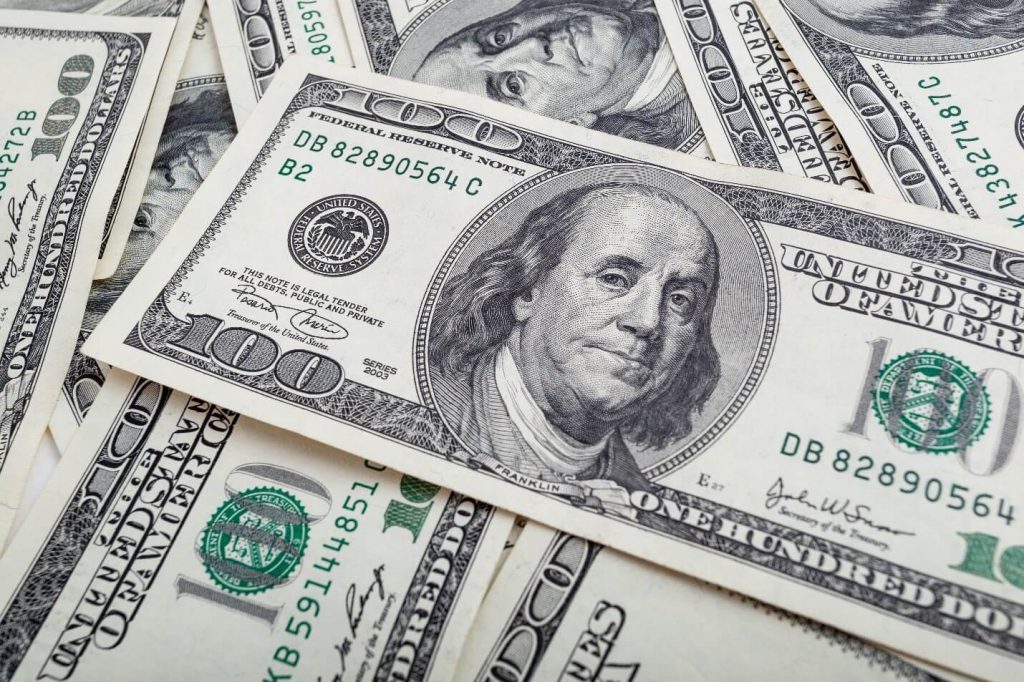
The dollar is taking a break from its recent decline
On Thursday, the dollar recovered its footing in Asia, halting the week’s slide as a drop-in tech and social media stocks dampened appetite for riskier currencies. Traders awaited central bank meetings in the United Kingdom and Europe.
The riskier Australian and New Zealand dollars fell slightly during the Asian session. The pound fell, and the euro fell slightly to $1.1297. The yen fell a smidgeon to 114.51 per dollar.
After the bell, shares of Meta, the company that owns Facebook, fell more than 20% as earnings, and the outlook fell short of expectations.
Currencies
Shares of Twitter and Spotify fell as well, and Nasdaq 100 futures fell 2%, weighing on demand for currencies such as the Australian dollar. The Australian dollar was last down 0.2 percent at $0.7120, just below resistance at $0.7180. The kiwi fell 0.1 percent to $0.6620. A holiday in China helped to lighten Asian trade.
Policy decisions from the Bank of England (BoE) and European Central Bank (ECB) are due at 1200 GMT and 1245 GMT, respectively, with ECB President Christine Lagarde holding a press conference at 1330 GMT.
A hawkish outcome could put pressure on the US dollar. The dollar index has returned to its 50-day moving average and was steady at 96.043 on Thursday.
Markets have fully priced in a 25 basis point increase from the Bank of England, so the focus will likely shift to the outlook.
Rising consumer prices and recent robust labor data have raised hopes to shift from describing inflation as transitory.
The chances of the normalizing bank policy have increased, and Christine Lagarde may tell us that she cannot rule out a hike this year.
It would bring the bank’s pricing closer to market and justify a long euro position.
Sterling fell 0.2 percent to $1.3547 and fell slightly to 83.36 pence per euro. Volatility gauges for the euro and sterling reached their highest year levels ahead of the meetings.


